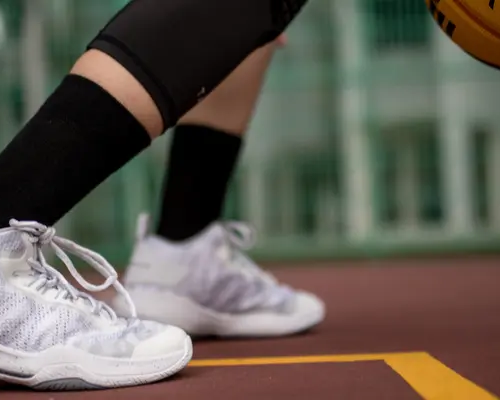2. What basketball size do i need?
Basketballs also come in a variety of sizes depending on the age and gender of the player, so it’s important to get the right size according to your needs.
Playing with an incorrectly sized ball can have long-term negative effects on a player’s technique.
When younger players use a larger basketball, they will usually compensate for the incorrect weight by shooting with both arms or dropping their shoulders, thus developing a bad shooting form and getting in the way of good technique.
Additionally, different leagues have various restrictions regarding size, material, and colour for game balls that they permit.
Learn more about the different sizes:
Size 1:
- Novelty-sized, or a 'micro-mini' basketball that is suitable for children aged 2 - 4 years old.
- Has a circumference of 16" (40.6cm) and weighs 230g.
Size 3:
- Novelty-sized, or 'mini' basketball that is suitable for all ages, particularly for children aged 4 - 6 years old.
- Has a circumference of 22" (55.9cm) and weighs 280g.
Size 5:
- The standard basketball size for both boys and girls aged 7 - 10 years old.
- Has a circumference of 27.5” (69.5cm) and weighs 480g.
Size 6:
- Suitable for girls from 10 years old, and the official size of the WNBL (Women's National Basketball League).
- Also suitable for boys aged 10 - 12 years old.
- Has a circumference of 28.5” (72cm) and weighs 570g.
Size 7:
- The official size of all adult basketballs, suitable for male basketball players aged 12 years and over.
- Has a circumference of 29.5” (75cm) and weigh 620g.







